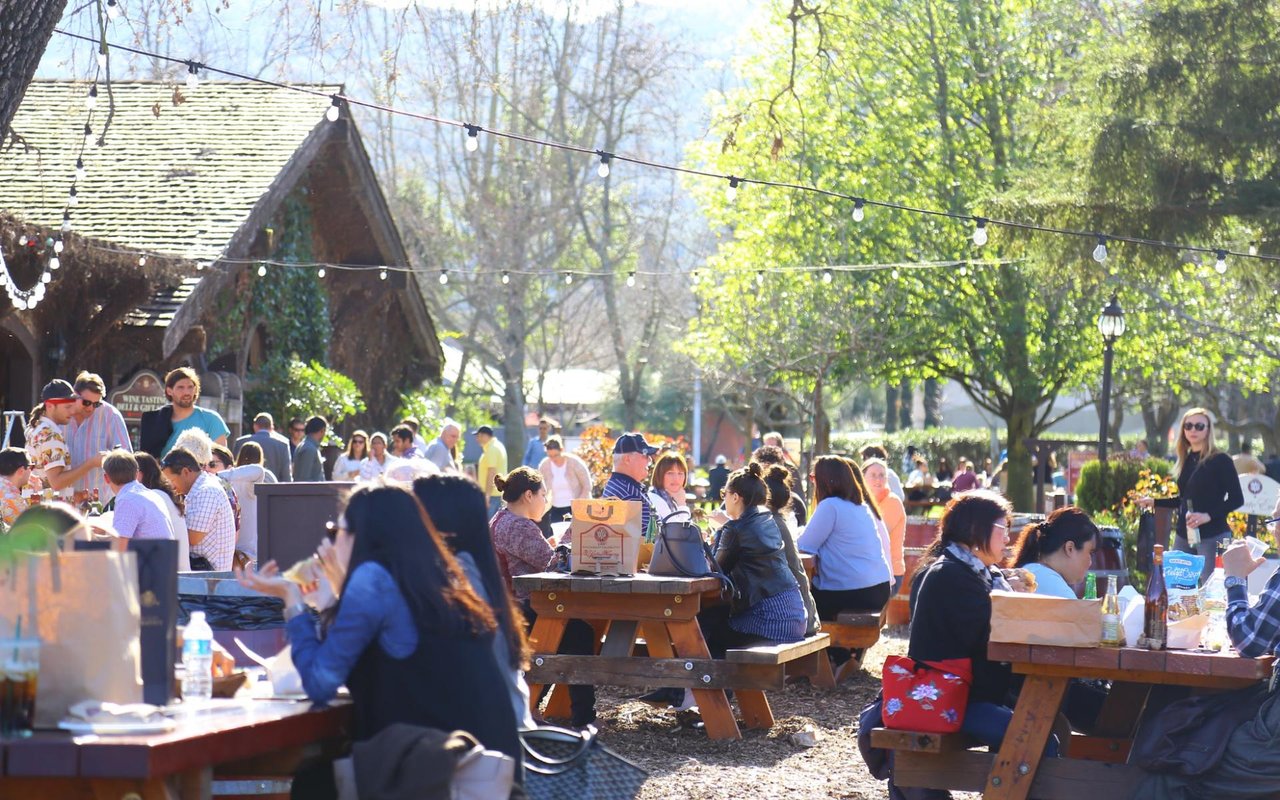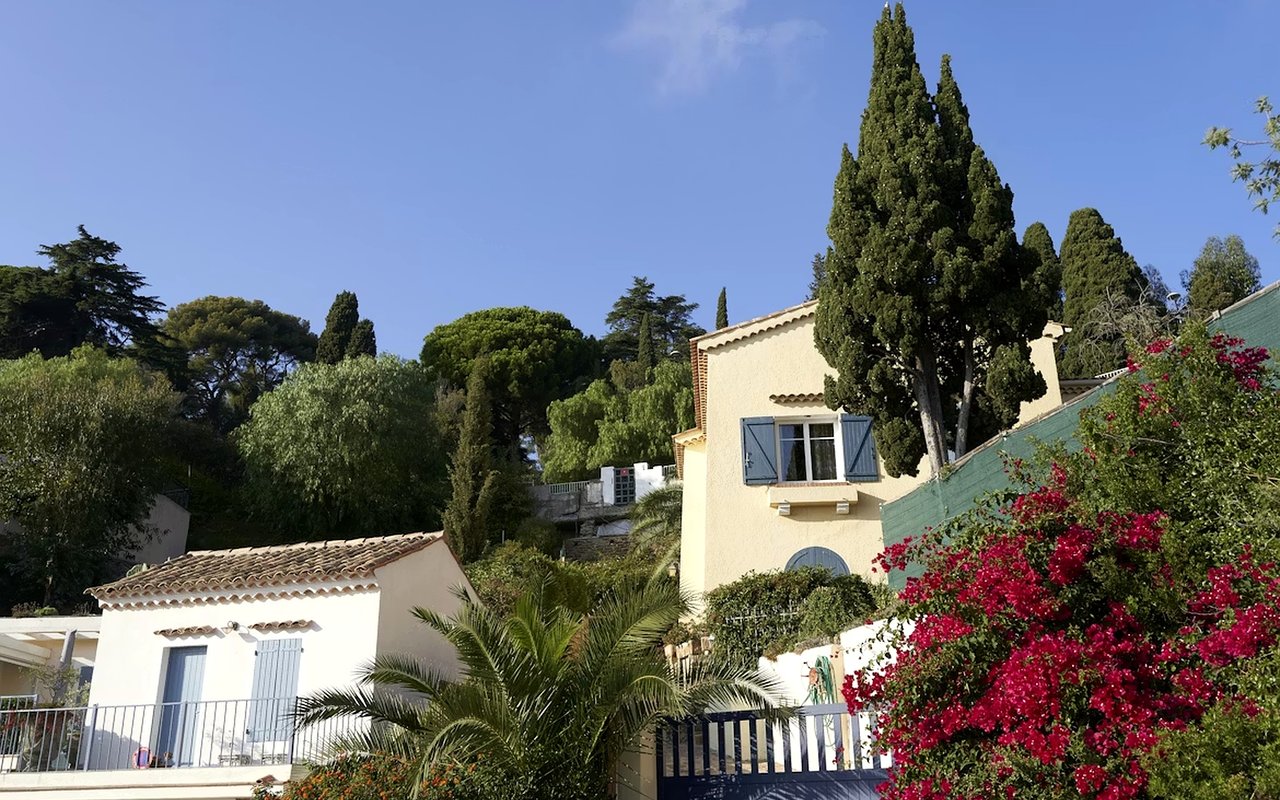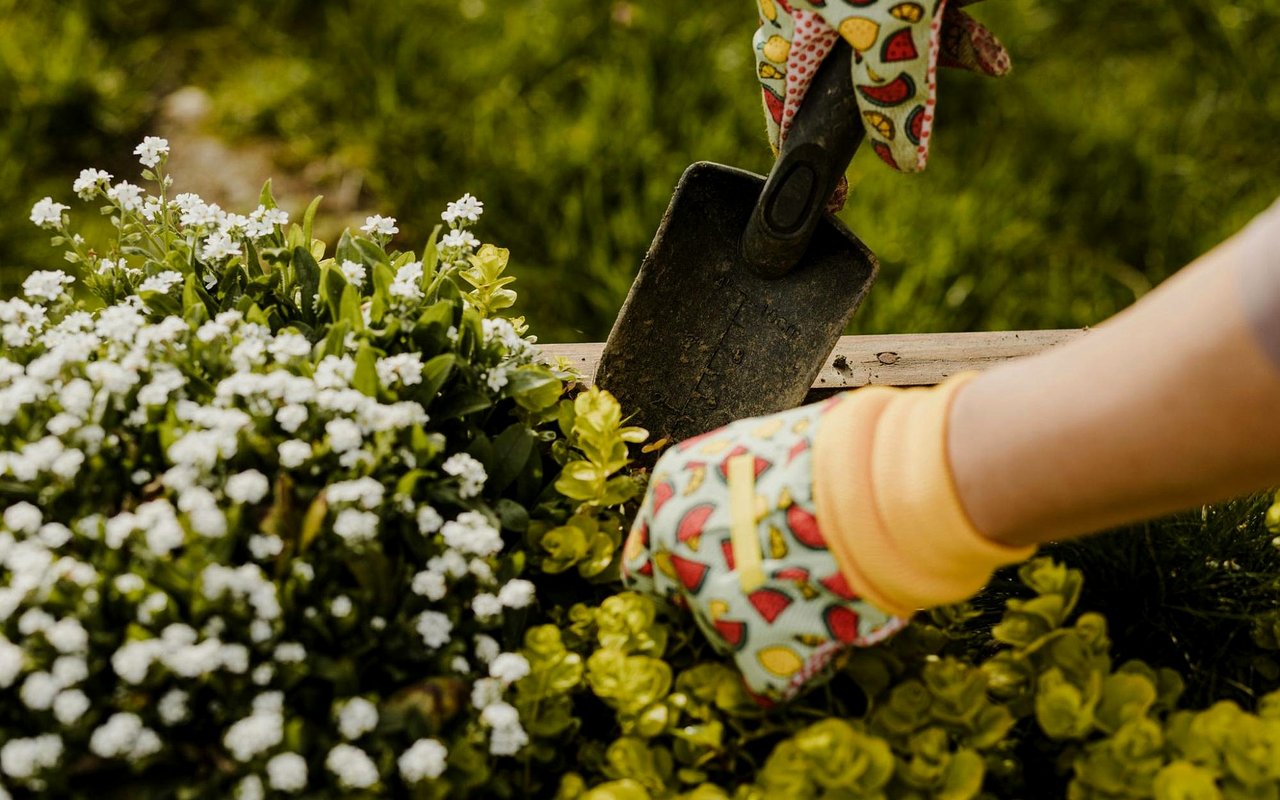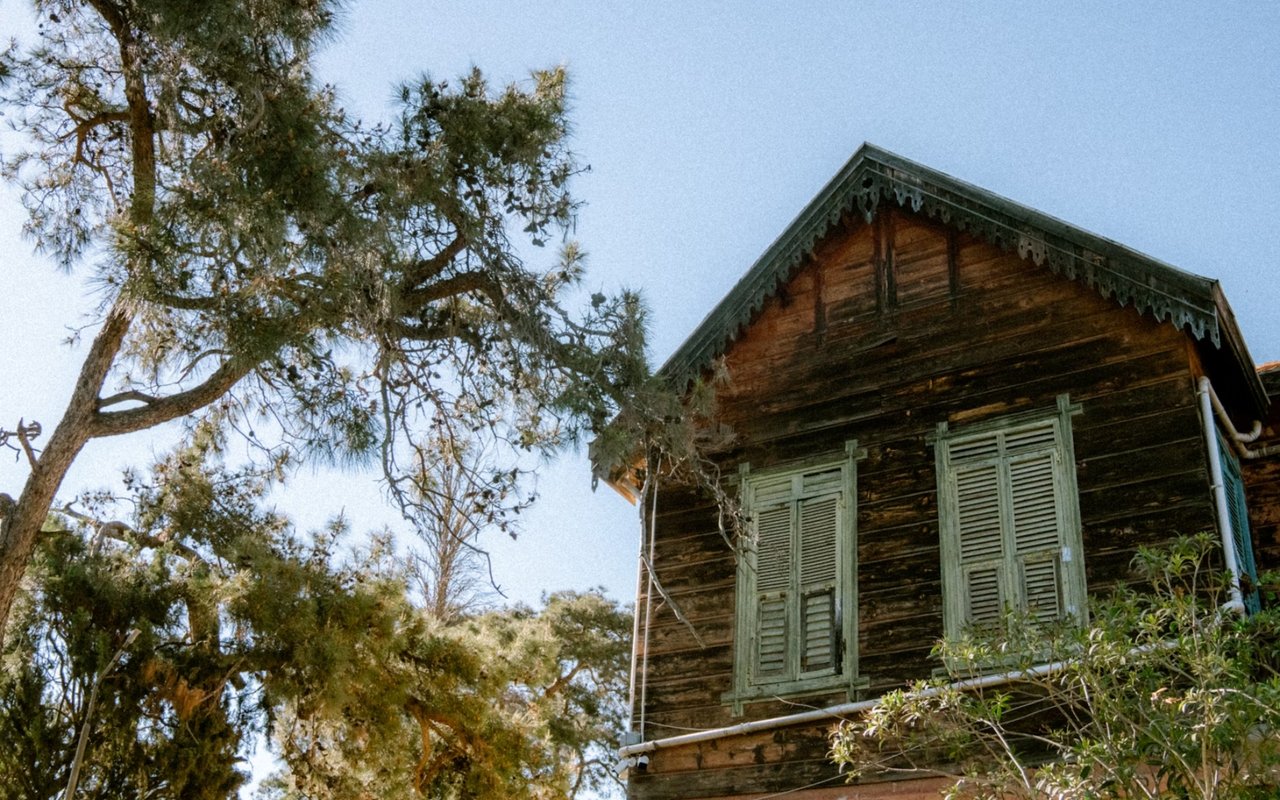Napa Valley is widely known for its role in American wine culture, but daily life includes much more than vineyard views and tasting rooms. The region supports a lifestyle built around slow routines, thoughtful design, and sustained access to outdoor space and curated experiences. Living in Napa Valley means aligning your day-to-day environment with a specific approach to quality, detail, and community rhythm.
The following sections highlight what it's like to live in the area full-time, focusing on the distinct features that make this part of Northern California stand out.
Neighborhoods and Local Layout
-
Napa, the largest city in the region, includes walkable residential neighborhoods near downtown and hillside properties with extended views.
-
St. Helena and Yountville maintain a more compact town layout with curated commercial corridors and smaller residential blocks.
-
Calistoga, at the northern end of the valley, includes homes near geothermal spas and older neighborhoods with a quiet layout.
Local Dining and Wine Experiences
Living in Napa Valley gives you regular access to tasting rooms operated by well-known vineyards and smaller producers who run by-reservation salons. Many tasting rooms are connected to food service or chef partnerships, offering pairing menus and seasonal specials. Residents often join local wine clubs that include pick-up parties, barrel tastings, and access to limited releases.
Outdoor Trails and Open Space
These outdoor spaces are used consistently throughout the week by walkers, cyclists, and those seeking open air without traveling far. Trailheads are marked and often include parking or residential access. With mild winters and long stretches of dry weather, outdoor activity is part of the year-round routine for many residents.
Markets and Culinary Retail
Each town includes small-format grocers, butcher shops, and wine retailers with well-informed staff. The retail environment supports regular access to ingredients that reflect the area's seasonal and regional focus. Home cooking, private events, and chef-hosted pop-ups often begin with visits to these curated markets.
Seasonal Events and Wine Auctions
Smaller towns host wine strolls, live music nights, and garden tours throughout the year. Local organizations often partner with vineyards and restaurants to host dinners in open-air or courtyard spaces. These events are organized with advance registration and are typically limited to a fixed number of attendees.
Design and Residential Architecture
New construction in the valley frequently includes custom finishes and energy-efficient systems, while older homes are often restored with a mix of historic detail and modern function. Design firms and architects based in the region focus on projects that reflect the geography and climate. These elements shape the residential appeal for those moving into the area in the long term.
Transportation and Regional Access
Those living in Napa Valley use the drive to nearby cities for work, appointments, and seasonal travel. Local roads are maintained consistently, and most towns include small-scale public parking and electric vehicle charging stations. The flow between towns is structured and manageable, supporting consistent regional movement.
Boutique Retail and Independent Shops
Shopping in the region is often tied to weekend markets, tasting room boutiques, and seasonal releases. Home goods and decor stores focus on wine country design, emphasizing natural textures and muted colors. These retail spaces are often locally owned and operated, contributing to the distinct tone of the commercial districts.
Work with Yvonne Rich for Napa Real Estate
Contact Yvonne Rich if you’re looking to explore Napa Valley real estate.





